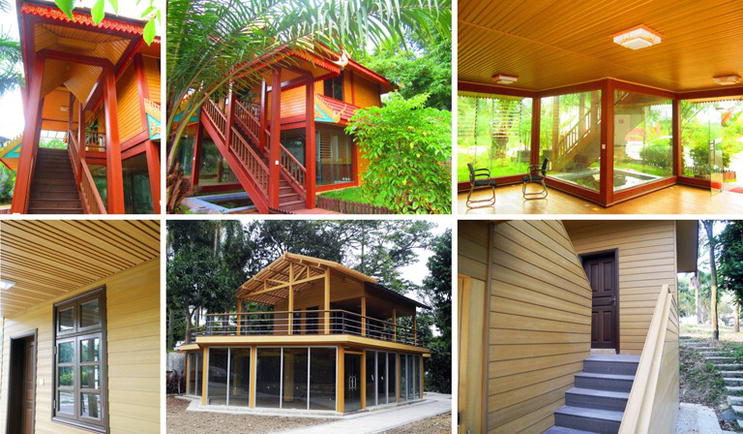
Advances in the Use of Wood-Plastic Composites in Architectural Decoration
November 10, 2023
Oakio Reflects on a Successful Journey at BAU 2025
December 14, 2023”
Why Your Property Deserves a Great Fence (And How to Choose)
Ever wondered why so many homeowners are obsessed with their fences? Let me tell you from experience – a good fence isn’t just about marking boundaries. It’s like jewelry for your property that actually serves practical purposes. When I first considered fencing options for my own backyard, I was overwhelmed by choices ranging from classic wood to modern composites. Let’s cut through the confusion together.
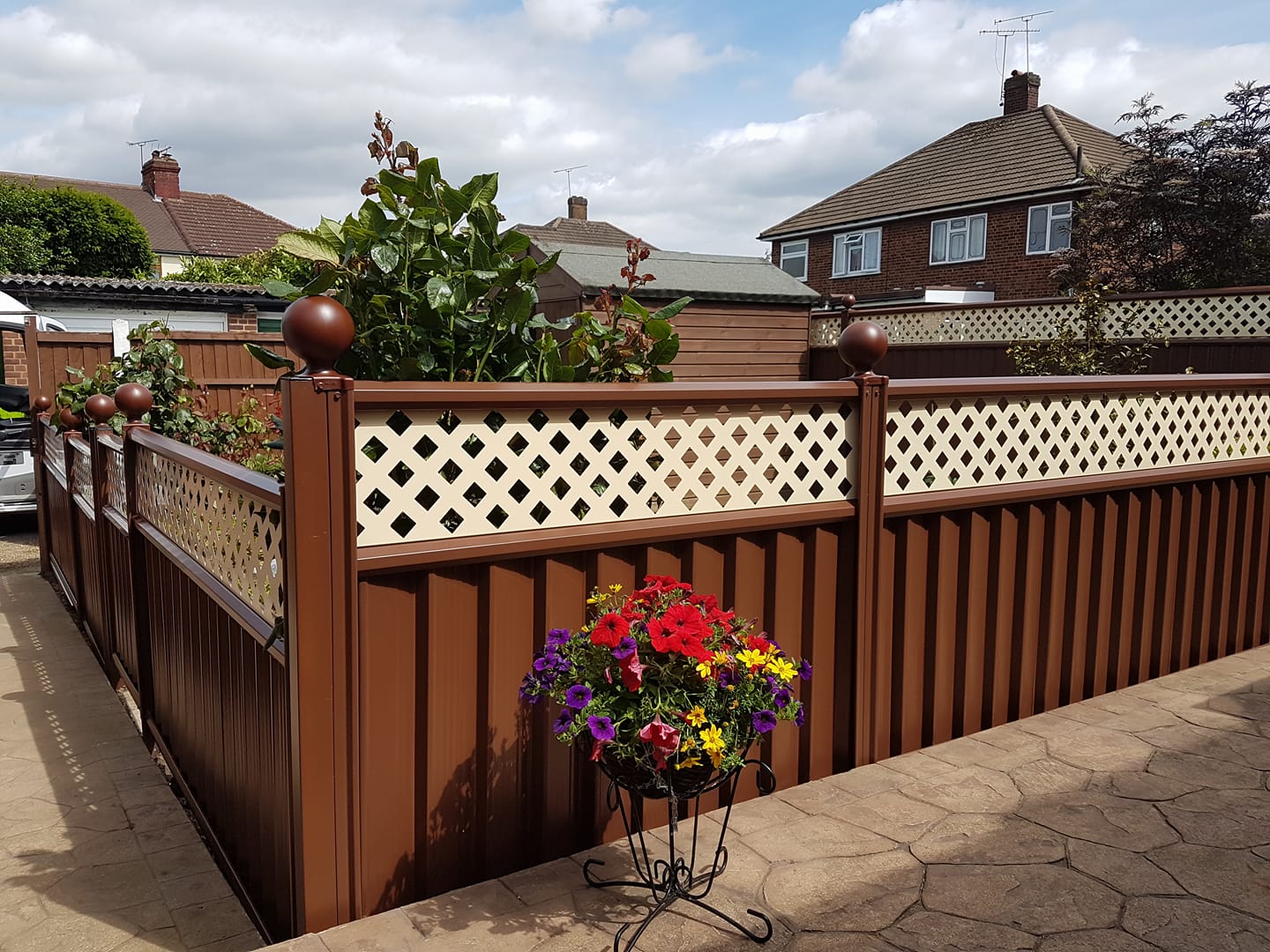
From what I’ve seen working with neighbors and contractors, three materials really stand out: traditional wood, low-maintenance vinyl, and eco-friendly WPC (that’s wood-plastic composite for the uninitiated). Each has its personality – kind of like choosing between leather boots, rain boots, or hiking shoes for your yard. Curious about which might work best for your climate and lifestyle? Let’s break it down.
Quick tip before we dive in: The team at Plastory taught me that installation matters as much as material choice. A poorly installed fence will fail faster than cheap sunglasses!
When considering fencing options, wood remains the crowd-pleaser for traditionalists. I’ve installed dozens of these in suburban backyards where homeowners crave that storybook charm. Picture this: fresh cedar planks you can stain rich mahogany one season and paint coastal white the next – talk about a chameleon material! The real magic happens when morning light filters through 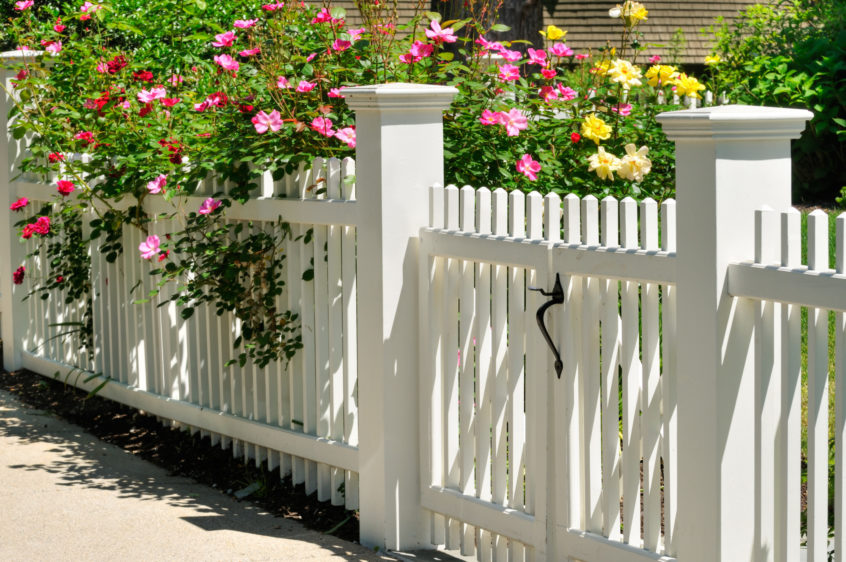 those vertical slats, creating patterns that change with the sun’s angle. No wonder it’s the go-to for cottage gardens and farmhouse aesthetics.
those vertical slats, creating patterns that change with the sun’s angle. No wonder it’s the go-to for cottage gardens and farmhouse aesthetics.
But here’s the flipside I’ve witnessed firsthand – that initial beauty comes with strings attached. Remember Mrs. Thompson’s white picket fence from down the lane? Three winters later, it started resembling a rollercoaster track after repeated freeze-thaw cycles. Wood fencing acts like a moisture magnet, swelling in humid summers and cracking when temperatures plunge. You’ll become best friends with weatherproofing stains and wood fillers – trust me, I keep these in my truck at all times for maintenance calls.
The customization potential is wood’s secret weapon though. Last summer, we transformed a basic pine fence into a tropical oasis using bold teal stains for a Bali-inspired resort look. Unlike synthetic alternatives, wood accepts pigments like thirsty canvas. But here’s the kicker – while you’re busy playing artist, termites might be staging their own wood festival underground. Regular inspections become non-negotiable, a reality many clients underestimate when lured by wood’s natural appeal.
For those committed to the wooden path, I always recommend starting small. Maybe frame your flower beds first before committing to perimeter fencing. And if you do take the plunge? Budget for replacement planks – even premium hardwoods eventually wave the white flag against relentless weather. Check out how modern alternatives are solving these age-old durability issues while keeping that woody charm.
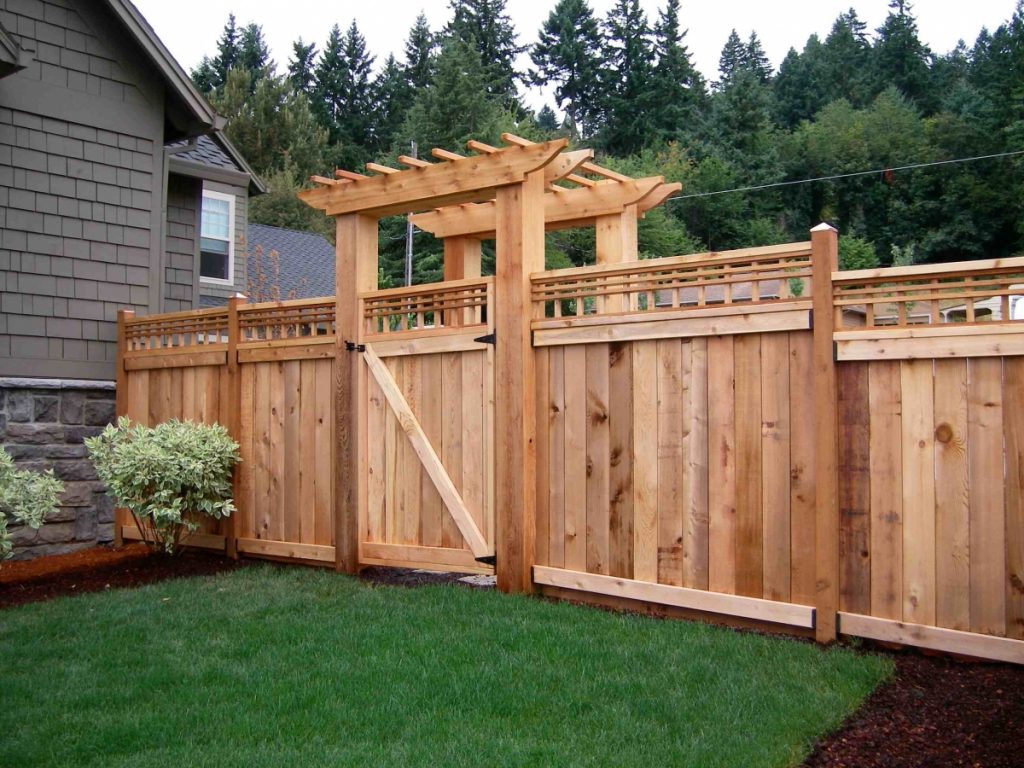 The bittersweet truth? Wood fencing teaches us to appreciate imperfections. Those slight warps and subtle color shifts tell your home’s unique story. But if low-maintenance living ranks higher than character quirks on your priority list, you might want to keep exploring options. After all, your fence should work for your lifestyle, not become a part-time job!
The bittersweet truth? Wood fencing teaches us to appreciate imperfections. Those slight warps and subtle color shifts tell your home’s unique story. But if low-maintenance living ranks higher than character quirks on your priority list, you might want to keep exploring options. After all, your fence should work for your lifestyle, not become a part-time job!
When considering fencing materials, vinyl fencing stands out for its unique combination of durability and low maintenance. Unlike traditional wood fences that can warp or rot over time, vinyl fencing literally laughs in the face of moisture. I’ve seen neighbors replace their wood fences every 5-7 years, while my vinyl installation still looks fresh after a decade – though I’ll admit the upfront cost made me gulp when I first saw the quote.
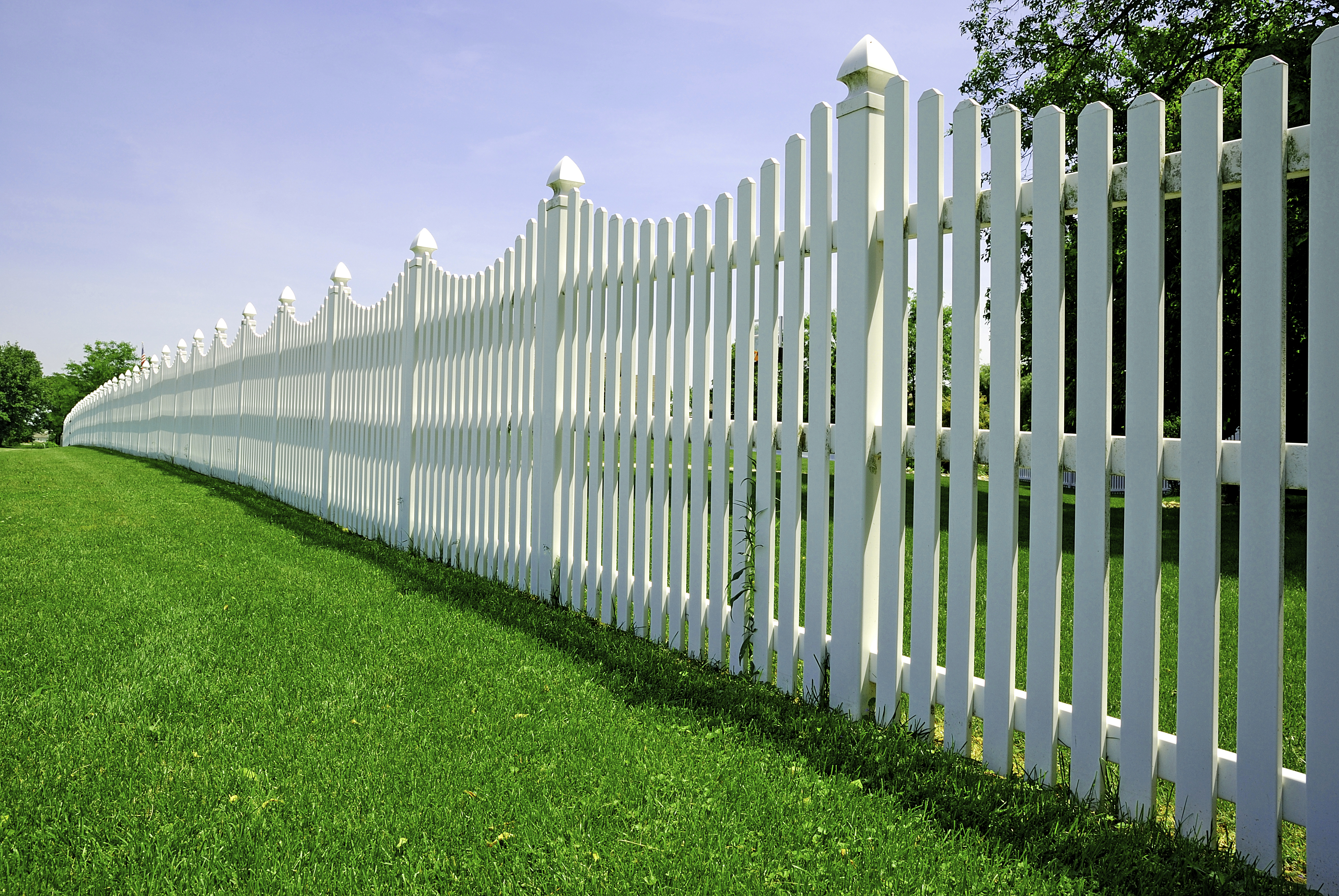
What really sold me was its resistance to nature’s bullies – termites can’t chew through it, mold won’t grow on it, and those summer storms don’t leave permanent water stains. The material has this surprising flexibility that’s perfect for areas with strong winds. During last year’s storm season, while wooden fences in the neighborhood were snapping like matchsticks, my vinyl panels just swayed and settled back into place like nothing happened.
But here’s the catch – that plastic composition means it’s not exactly eco-warrior material. While some manufacturers are working on recycled content options, most vinyl fences still end up in landfills eventually. The price tag also stings compared to basic wood options, though you might save money long-term on repairs and stains. If you’re curious about alternatives, I recently discovered some interesting hybrid materials that aim to balance sustainability with durability.

Maintenance? Basically nonexistent. A quick hose-down keeps it looking sharp, and the color stays consistent without fading – no more annual painting weekends! But if you’re the type who loves changing your home’s look seasonally, vinyl’s static appearance might feel limiting. It’s that classic ‘set it and forget it’ solution that works beautifully if you want predictability but might disappoint creative DIYers.
Let’s talk about the real MVP of modern fencing – WPC. I’ve seen homeowners go crazy over this stuff once they realize it’s basically the superhero version of traditional wood fencing. Made from a genius combo of wood fibers and recycled plastic (talk about giving Mother Earth a high-five!), these panels are built to last. I installed some for my cousin’s coastal property three years back, and despite salty sea air and monsoon rains, they still look fresh out of the box.
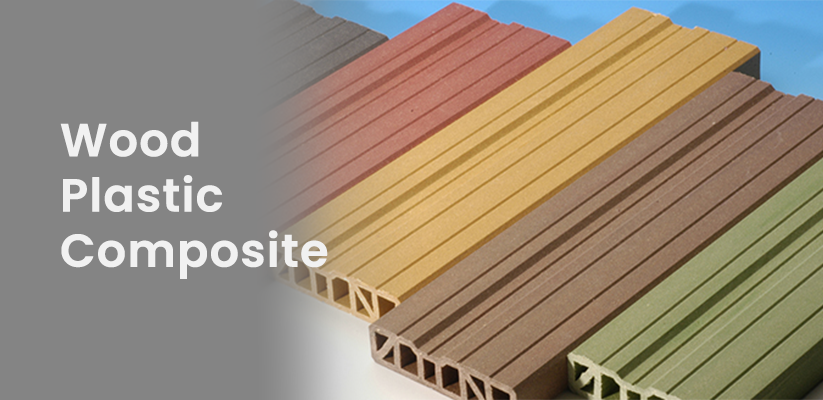
Here’s the kicker – you get that warm, wood-like charm without any of the headaches. No more weekends lost to staining or sealing. A quick hose-down is all it takes to keep them looking sharp. They laugh in the face of termites and won’t warp like that old wooden fence your neighbor keeps repairing. Check out how modern composite materials are changing the game.
Price tag stings a bit upfront? Sure. But when you factor in zero maintenance costs and it outliving your mortgage? Worth every penny. Pro tip: Go for textured finishes – they feel surprisingly authentic underhand. Saw a gorgeous anthracite gray installation last month that made me question if it was real wood!
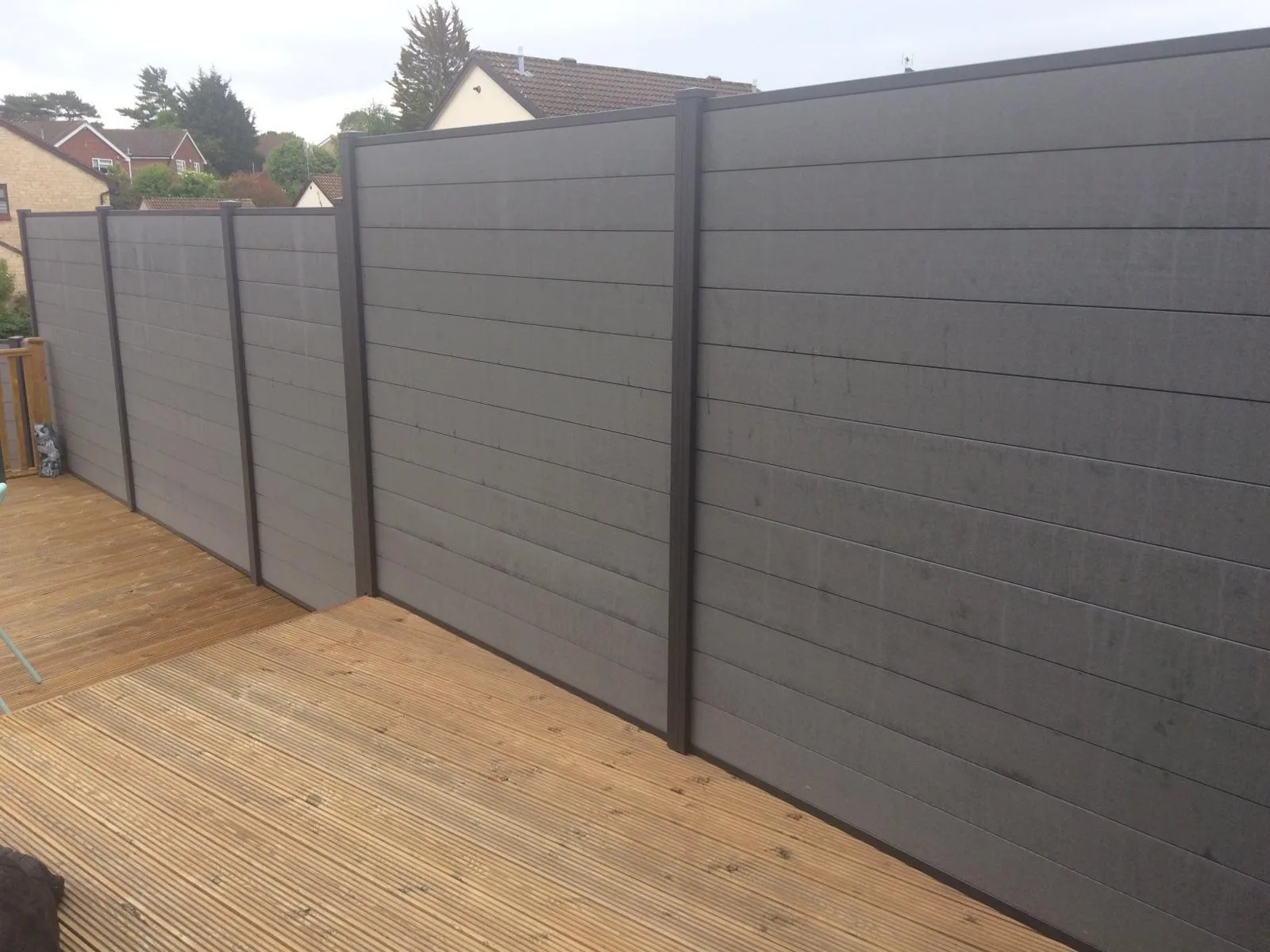
Funny story – my first WPC job involved a client who swore they’d never replace their cedar fence. Two years later? They’re the neighborhood’s WPC evangelists. Moral of the story: This isn’t your grandpa’s fencing material. It’s like the iPhone of outdoor barriers – once you go composite, you never go back.
WPC Fencing Panels: Where Style Meets Substance
Let’s talk about the real game-changer in modern fencing – WPC panels. I’ve installed these beauties in my own backyard, and let me tell you, they’re like the superhero version of traditional wood fencing. Made from this clever mix of wood fibers and recycled plastics (eco-warriors will love that!), these panels come in showstopping finishes like Light Grey that whispers modern elegance, Anthracite for that sleek urban vibe, Teak that channels tropical resorts, and Oak that keeps things classically charming.
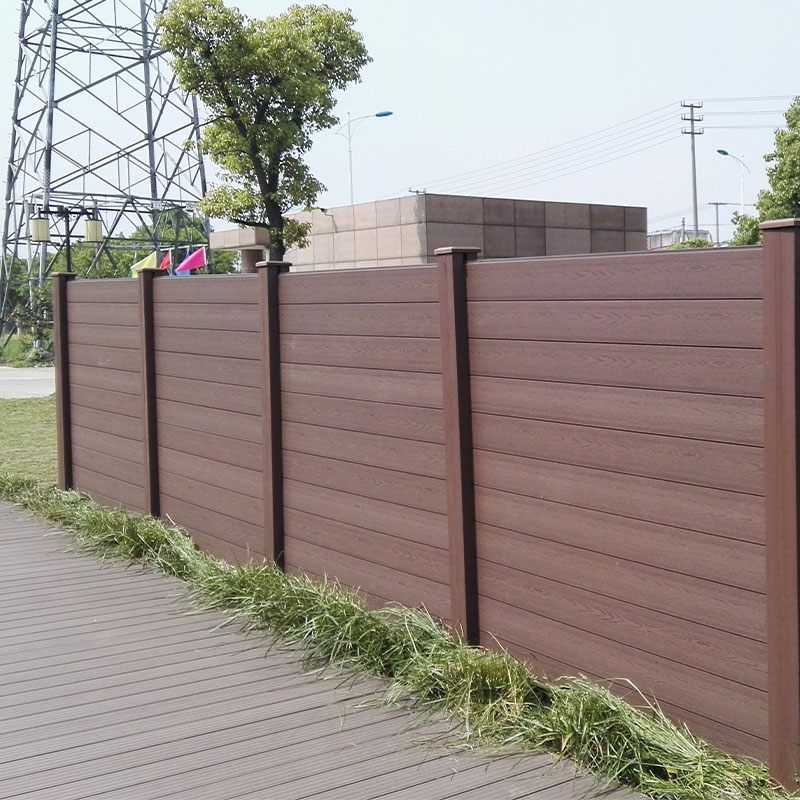
What’s really cool? These weather-resistant warriors don’t just look good – they work hard too. Unlike my neighbor’s wood fence that started warping after two rainy seasons, my WPC panels from Plastory have laughed off everything from scorching summers to icy winters. Maintenance? Basically non-existent. A quick hose-down now and then keeps them looking fresh as the day they went up.
Now, I won’t sugarcoat it – you’ll pay more upfront compared to basic wood. But here’s the kicker: when you factor in zero staining costs and decades of service? The math starts making sense. Pro tip: Go for textured finishes if you want that authentic wood feel without the headaches. Trust me, your future self will thank you every time you skip that annual fence-painting chore!

